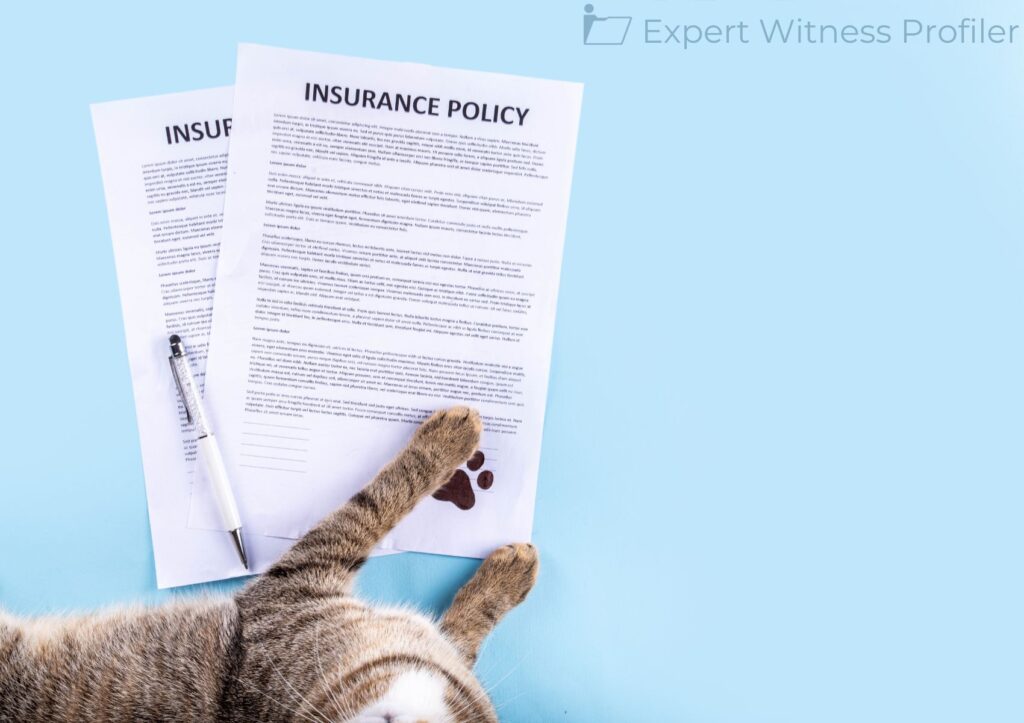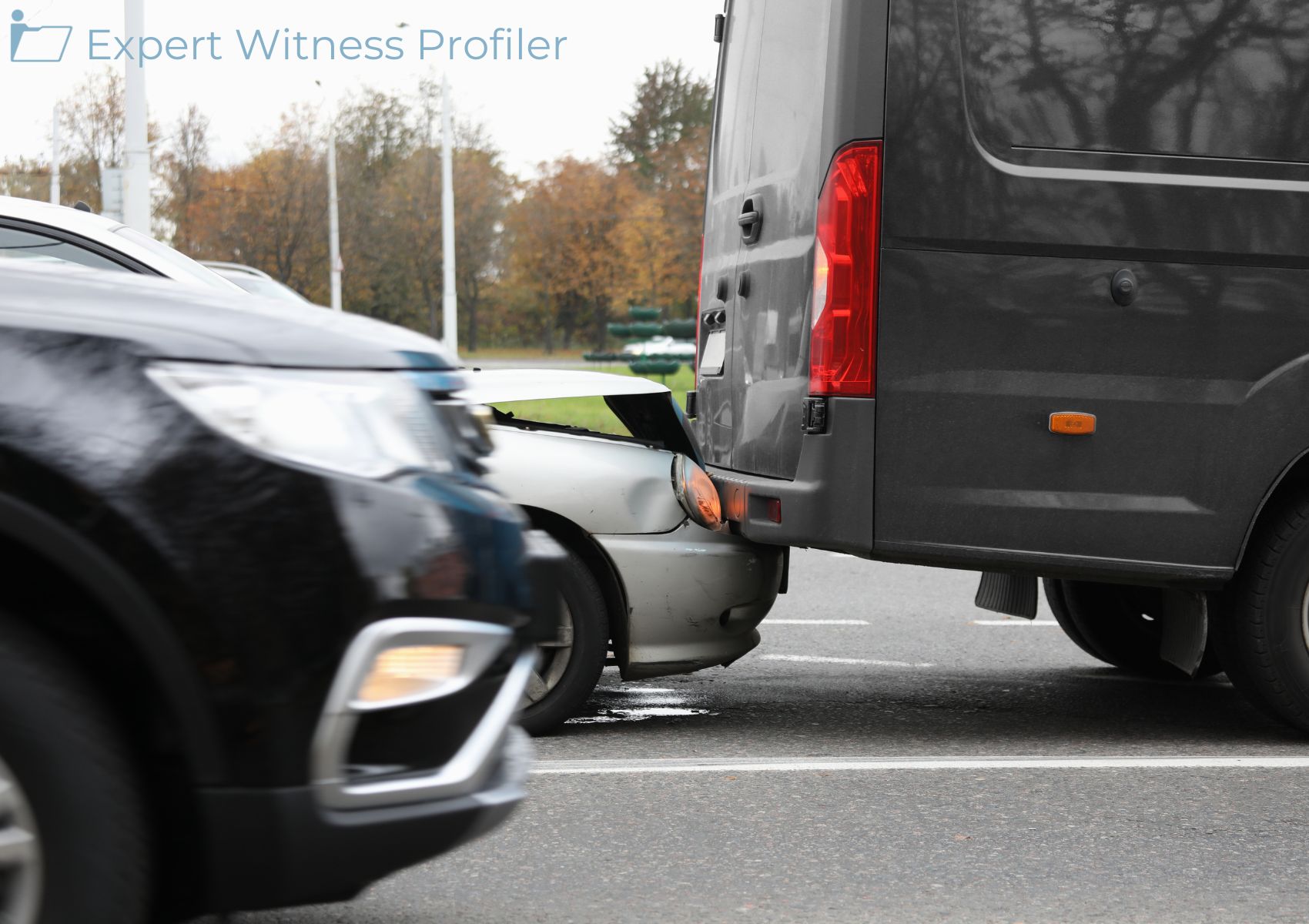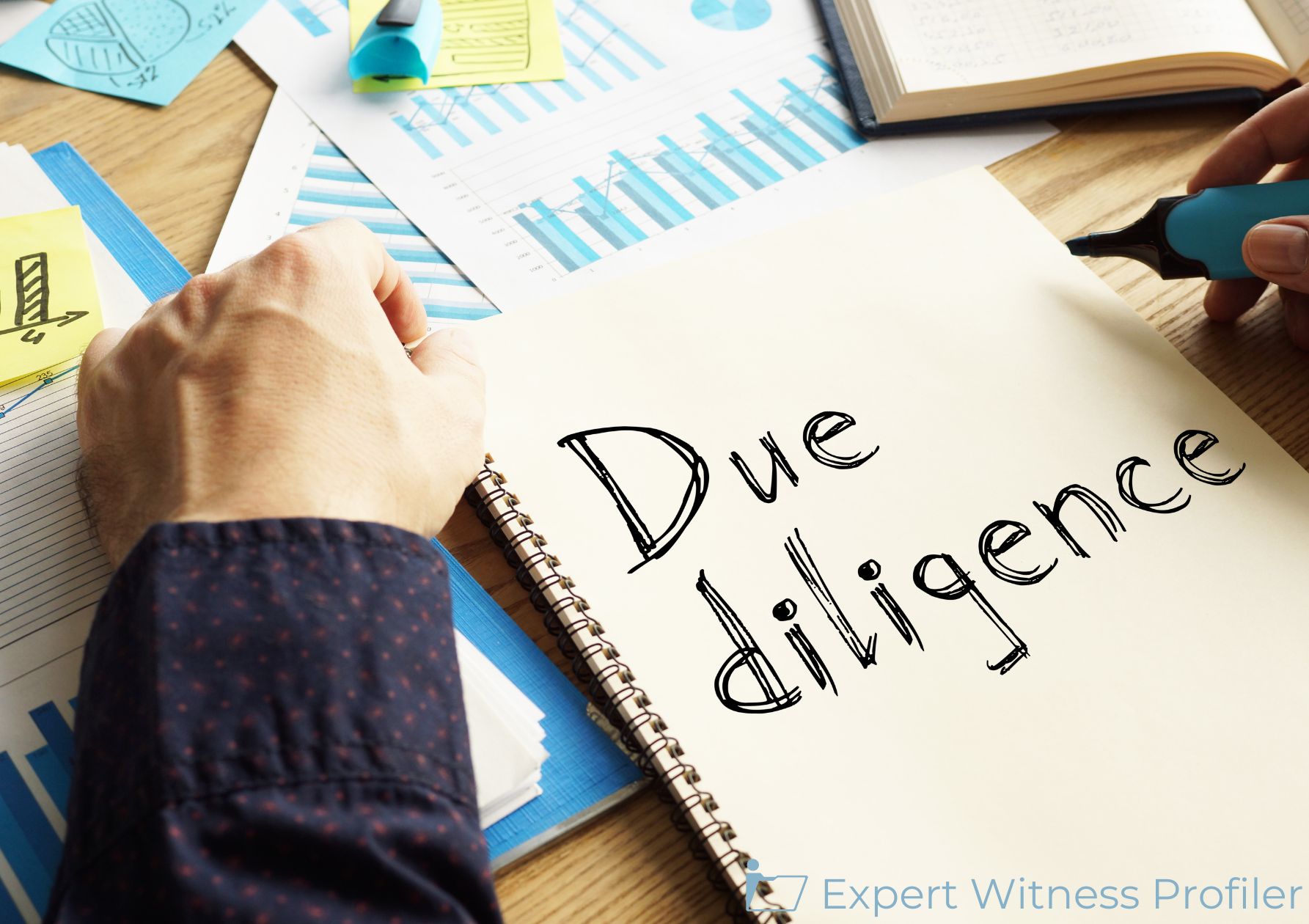Construction Expert’s Opinion Regarding the Siding Replacement Excluded
Posted on October 24, 2025 by Expert Witness Profiler
Tim Waldorf sued State Farm Fire and Casualty Company for breach of contract and bad faith stemming from State Farm’s denial of insurance coverage for damages allegedly caused to Waldorf’s residence following a hailstorm.
State Farm filed a motion to strike the testimony of Aaron Brookens, one of Waldorf’s expert witnesses.

Construction Expert Witness
Aaron Brookens is the CEO and founder of Brookens Construction, a premier residential and multi‑family roofing and gutter firm serving Dane County and the greater Madison, Milwaukee, and Fox Valley regions.
Discussion by the Court
State Farm filed a motion to strike Brookens’ testimony because Waldorf failed to comply with the expert disclosure requirements of Fed. R. Civ. P. 26(a)(2)(B).
Waldorf responded that Brookens was not specially retained to provide expert testimony in this litigation and therefore was not required to comply with the disclosure requirements of Rule 26(a)(2)(B). Rather, Waldorf maintained that Brookens is a hybrid expert witness subject to the disclosure requirements of Rule 26(a)(2)(C).
Expert Disclosure Requirements
The question is whether Brookens is subject to Rule 26(a)(2)(B) or Rule
26(a)(2)(C).
State Farm contended Brookens is a retained expert because he was not involved in the underlying claim until the day before the suit was filed when Waldorf’s counsel requested an estimate from Chuck Weber, the original contractor on the claim.
The Court agreed. For starters, Brookens did not have firsthand knowledge of the underlying facts of the claim as Waldorf argues; Weber did. Brookens did not personally inspect the property and based his opinion on the report and photos provided by Weber. Brookens’ opinions, therefore, were not formed through his own observations but at the request of Waldorf’s counsel and in connection with litigation.
Further, Brookens stated that he understood the estimate was being requested because counsel was filing a lawsuit. Because hybrid expert witnesses may not “testify to any opinions reached for the first time at the prompting of Plaintiff’s counsel or in conjunction with the lawsuit,” Brookens was acting as a retained expert subject to the disclosure requirements of Rule 26(a)(2)(B).
The fact that Brookens is not being provided monetary compensation for his services was also not dispositive.
Rule 37 Sanctions
State Farm contended that the failure to comply with Rule 26(a)(2) should result in the exclusion of Brookens’ testimony and opinion that the siding of Waldorf’s residence needs complete replacement.
Waldorf did not argue that the failure to provide an expert report was harmless or justified. Instead, he maintained that because Brookens is a hybrid expert he was only required to disclose the subject matter of his testimony and a summary of his facts and opinions under Rule 26(a)(2)(C). However, given the Court’s determination that Brookens is a retained expert subject to the requirements of Rule 26(a)(2)(B), Waldorf’s argument that he need only comply with Rule 26(a)(2)(C) failed. Moreover, Waldorf provided no justification for his failure to comply with Rule 26(a)(2)(B) beyond his contention that Brookens did not fall under this standard.
While Waldorf’s expert disclosures included Brookens’ notes and annotations to Weber’s photographs, this provided little to no explanation as to why, in this particular case, Brookens believed the flashing could not be replaced without replacing the entirety of the siding. Such testimony as Brookens’ offers on causation and damages in this case is clearly the province of a retained expert witness.
Furthermore, the Court found that Waldorf’s failure was not harmless. State Farm did not learn the basis of Brookens’ opinions until his January 31, 2025 deposition. And even then, Brookens acknowledged that even though the step flashing “typically” needs to be replaced when replacing the shingles, there “is a chance that when those shingles come off, that step flashing is in great condition . . . and it doesn’t need to be replaced. That is a possibility.”
Held
The Court granted the Defendant’s motion to strike the testimony of Aaron Brookens.
Key Takeaway:
A “misunderstanding of the law does not equate to a substantial justification for failing to comply with the disclosure deadline.” And the nature of Brookens’ involvement in providing an estimate, as well as the nature of his opinions, belies the notion that Waldorf reasonably believed Brookens was not subject to Rule 26(a)(2)(B). It was Weber, not Brookens, who inspected the residence for damage and provided an estimate based on what he observed firsthand.
Case Details:
| Case Caption: | Waldorf V. State Farm Fire And Casualty Company |
| Docket Number: | 2:24cv538 |
| Court Name: | United States District Court, Wisconsin Eastern |
| Order Date: | October 23, 2025 |





